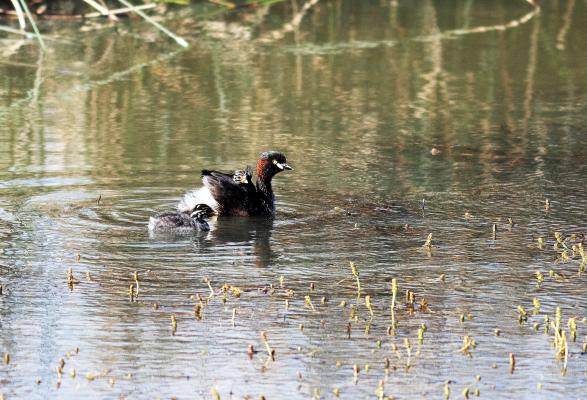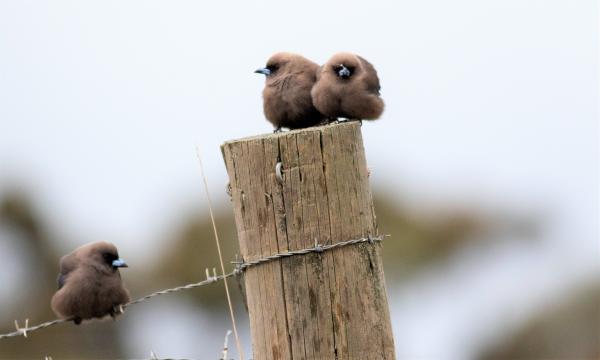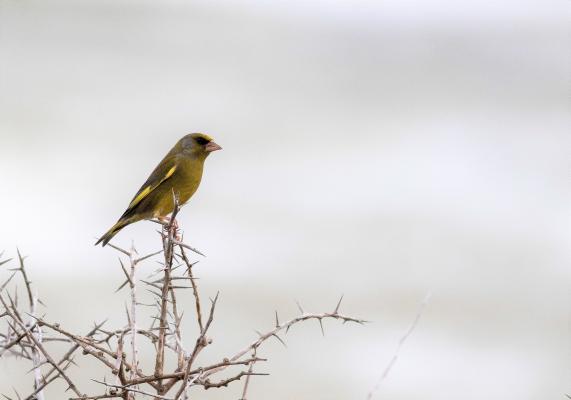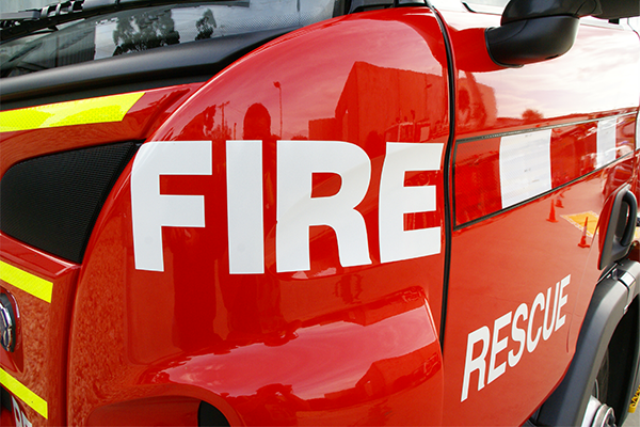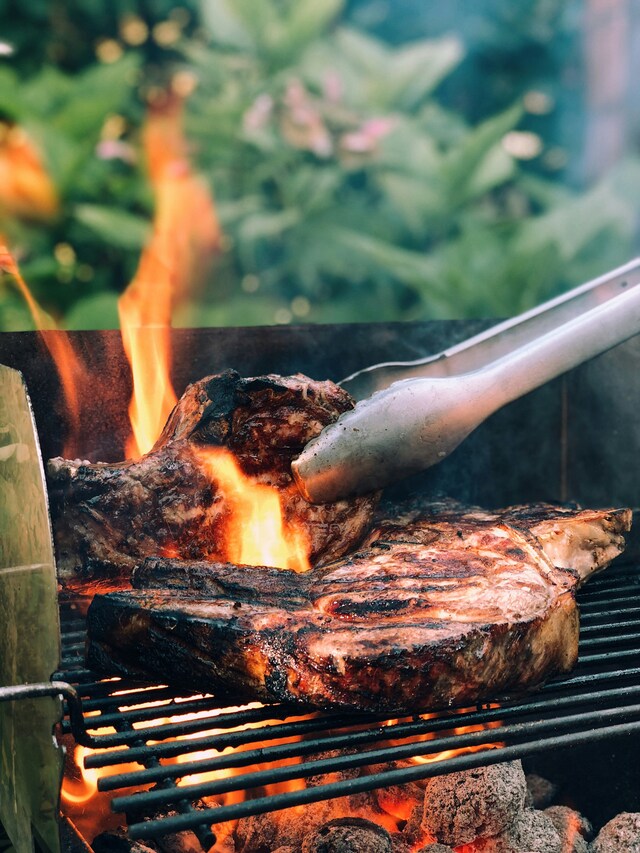My favourite road in Leopold, Moller’s Lane, that I often drive down on my way to work, is now blocked off and there is a housing estate being built.
There was a lovely farm dam a few hundred metres from the Bellarine Highway, and to my horror I saw the dam being drained and the lovely reeds being cleared from the bank of the pond.
I’ve seen so many lovely birds including swamp harriers, purple swamphens and many species of ducks live in this dam over the years, so I was so sad about its demise. I don’t understand why this little purple patch couldn’t have been left alone. How is this allowed to happen?
In Moller’s Lane there is a small flock of dusky woodswallows near the large pond that is close to Lake Connewarre.
Dusky woodswallows are not closely related to swallows, such as the welcome swallow, and instead belong to the bird family artamidae, which also includes butcherbirds, currawongs and magpies.
Dusky woodswallows are found primarily in eucalyptus forests and woodlands. During the breeding season, they nest in large flocks which aids in protecting young birds from predators.
Like many birds, dusky woodswallows have been observed making seasonal migration movements with south-eastern birds migrating northward in the autumn and returning south in the breeding season.
Also in Moller’s Lane I saw a small flock of four European greenfinch, also known as the common greenfinch. This bird is a widespread species through Europe, North Africa and Southwest Asia.
They were introduced into Australia in the 1860s, and also to New Zealand, Argentina and Uruguay. These birds are commonly seen in wooded and forest habitats, and farmlands, urban parks and gardens.
I was at the end of Brinsmead Lane looking for common greenshanks at Lake Connewarre and I missed a majestic wedge-tailed eagle fly out of a tree no more than five metres from where I was standing. I was kicking myself for not looking up at the right time.
I did not see a common greenshank either, but a few days later I saw a few of these migratory shorebirds in the Barwon River Estuary near the boat ramp. The numbers of migratory waders arriving in the Bellarine have been very low this year. I can only hope that these birds are finding lovely habitats to the north and so do not need to travel this far south.
I had a lovely walk around Blue Waters Lake, and saw a few dusky moorhen and purple swamphen hatchlings, and not many ducklings in the lake. I photographed two Australasian grebe hatchlings in one of the lakes in Kingston estate.
The Eurasian coot hatchlings at Emily’s Pond in Point Lonsdale seem to be thriving, although I could only see five and there were originally six hatchlings a few weeks ago.
I received an email from Leigh, who lives in Dare Street, Ocean Grove. He was lucky to have a visitor from a raptor that was sheltering from the rain or just resting on a ledge on the side of the house. The bird was a nankeen kestrel, and it stayed for some time before flying off.
Kevin, who was at the 360 Restaurant in Queenscliff, photographed a nankeen night heron perched under the pier.
I also heard from Lynne, who lives around Thacker Street in Ocean Grove. Lynne has been reaping the rewards of filling her garden with native plants. A pair of red wattlebirds nested in the small wattle at the front porch of Lynne’s house, and were very attentive to the chicks that hatched, but they were taken, probably by pied currawongs that were also hanging around.
Lynne has told me that the Red Wattlebirds are sitting on the nest again, so hopefully they will have some better luck with their hatchlings next time.

